Candlestick Forecasting for Investments
$19.23
| Author(s) | , , |
|---|---|
| Format |
|
| Pages |
132 |
| Publication Year |
2021 |
Candlestick Forecasting for Investments takes up this challenge by proposing a novel technique, the range decomposition technique, to investigate the properties of the candlestick. The range decomposition technique shows that the security price can be approximately decomposed into a couple of ranges, technical range and Parkinson range. Under some mild assumptions together with the range decomposition technique, this book for the first time obtains the statistical properties of the candlestick. Based on these properties, this book then empirically investigates the power of candlestick forecasting with both in-sample and out-of-sample evidence. We believe that this book, to some extent, establishes the statistical foundation of candlestick forecasting.
This book is valuable to both academic researchers and investment practitioners. To most of the academic researchers, technical analysis is usually known as “voodoo finance” due to its lack of theoretical underpinnings. The statistical foundation of candlestick forecasting proposed in this book establishes its theoretical underpinnings, and thus provides academicians with objective econometric tools to evaluate its forecasting power. To investment practitioners, the empirical evaluation of candlestick forecasting power performed in this book is valuable and offers good guidance for their future investment practice.
This book is structured with five parts. Part I presents an introduction to the technical analysis in Chapter 1 and the outline of this book in Chapter 2. Part II covers the basic concepts of candlestick charts in Chapter 3 and its statistical properties in Chapter 4. Part III presents the statistical models. There are two chapters in this part. Chapter 5 proposes a decomposition-based vector autoregressive (DVAR) model for return modeling. Chapter 6 shows how the upper shadow and lower shadow of the candlestick can be used to improve return forecasting under the framework of the DVAR model. Part IV presents the applications of candlestick charts in return and volatility forecasting. In this part, we show how the properties (in Part II) and models (in Part III) can be used in market volatility timing in Chapter 7, in technical range forecasting in Chapter 8, in range spillover testing in Chapter 9, in return forecasting in Chapter 10, and in oil price forecasting in Chapter 11. Part V concludes in Chapter 12 and suggests future studies in Chapter 13. More details on the contents of each chapter follows.
Contents:
- Outline of this book
- Basic concepts
- Statistical properties
- DVAR model
- Shadows in DVAR
- Market volatility timing
- Technical range forecasting
- Technical range spillover
- Stock return forecasting: U.S. S&P500
- Oil price forecasting: WTI crude oil
- Main conclusions
- Future studies
Candlestick Forecasting for Investments By Haibin Xie, Kuikui Fan, Shouyang Wang pdf
Only logged in customers who have purchased this product may leave a review.

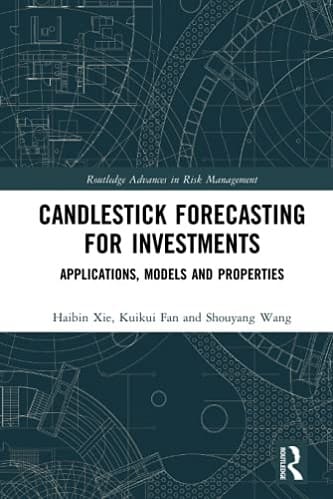
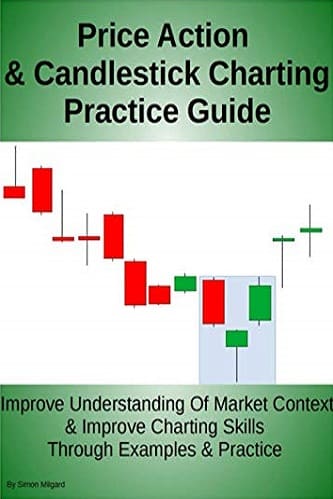

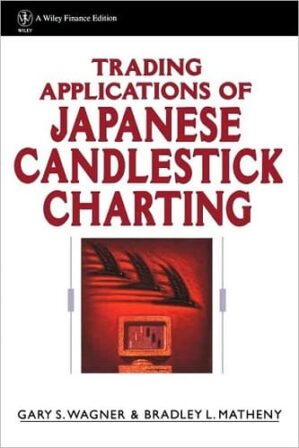

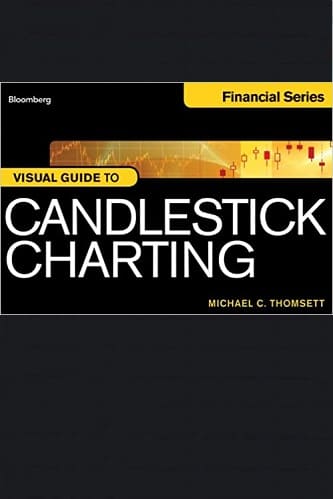

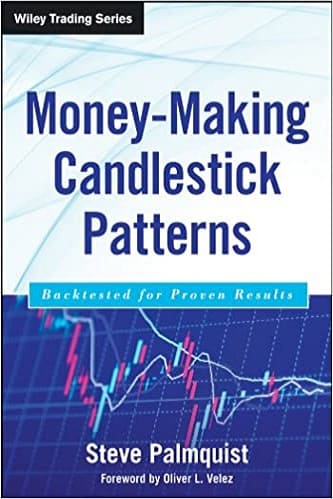
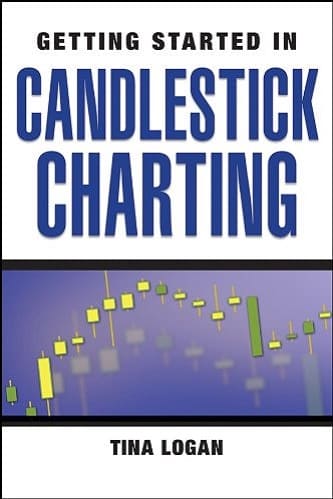
Reviews
Clear filtersThere are no reviews yet.